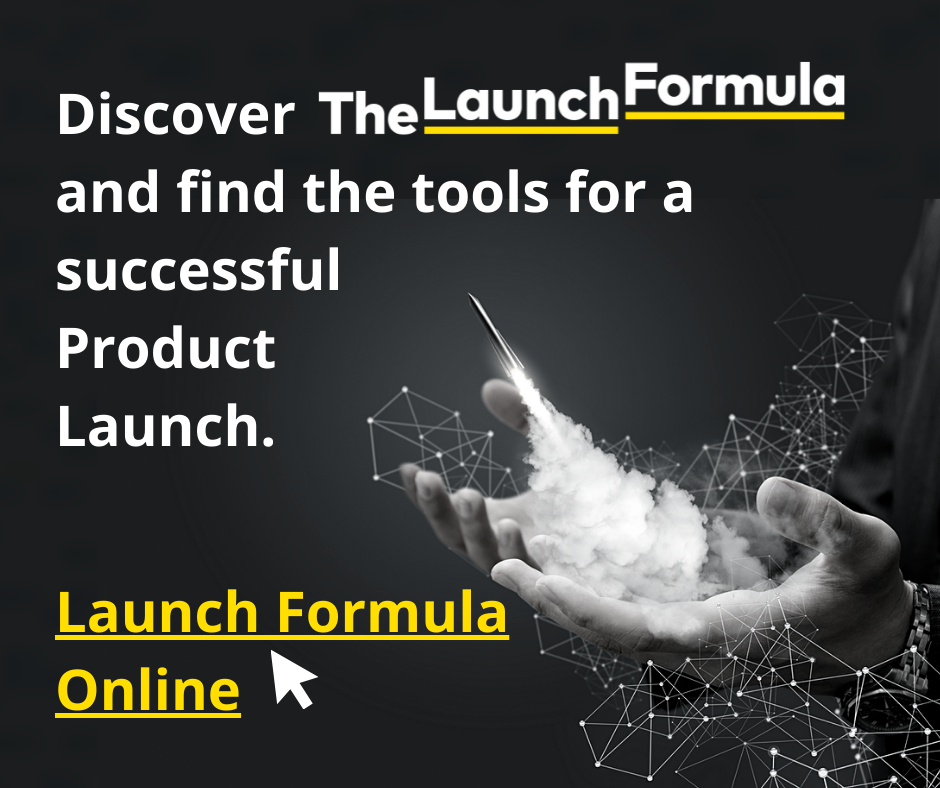- Steve Davis
Steve specialises in technology assessment, business strategy, product development, IP and data science driven market analysis.
Follow Steve on LinkedIn Follow
Leveraging Your Innovation Business Case for Early Funding
In order to attract funding from investors to progress towards launching a new innovation you need a compelling business case.
A business case is essentially about presenting a business strategy along with validation that the strategy is likely to work. The revenue projections are a nice touch, though almost invariably wrong (you can do anything in a spreadsheet). What is important is the validity of the underlying assumptions on which the strategy is based.
Firstly, an innovation must be solving a problem and understanding the jobs to be done by the new product or service is central to the business case. Once the main jobs to be done have been identified, the fundamental questions are: “Why would anyone buy your innovation to do those jobs? How are they being done now and what other options are available?” In other words, what are the bases on which you will compete?
If you are going to compete head–to–head with incumbents already in the market purely on the basis of better performance, statistics tell us there is only a 14% chance of success.
However, if you follow disruptive innovation principles and pivot your market entry strategy to enter into the low-end or latent demand (new) market the success rate increases by almost 5 times. In other words, “better” does not mean better performance. It means your product has to do the job to be done in a much simpler, easier to use and more economical way. The business case needs to prioritise launching a Minimum Viable Product (MVP) focussed on the job to be done and not bristling with additional features. Other features can follow later once you start to get adoption. The MVP should still provide an attractive value proposition.
The key thing in a business case is then the market entry strategy – who are the initial target customers and how and through what channels will they be approached? To have an optimal market entry strategy you must understand the market through market research. There are now data science–based tools which make it possible to rapidly map markets to identify competitors, potential customers and potential partners. This data can also be used to derive realistic bottom-up estimations of the market size and opportunity.
It is important to validate that there is a market need for your innovation by talking to potential customers and others in the value chain. An early adopter program should also be part of the strategy to gain deeper insights and validation before proceeding to a wider scale launch. The more validation of market need you can provide the more likely an investor will be to invest in your innovation.
SIMILAR ARTICLES


